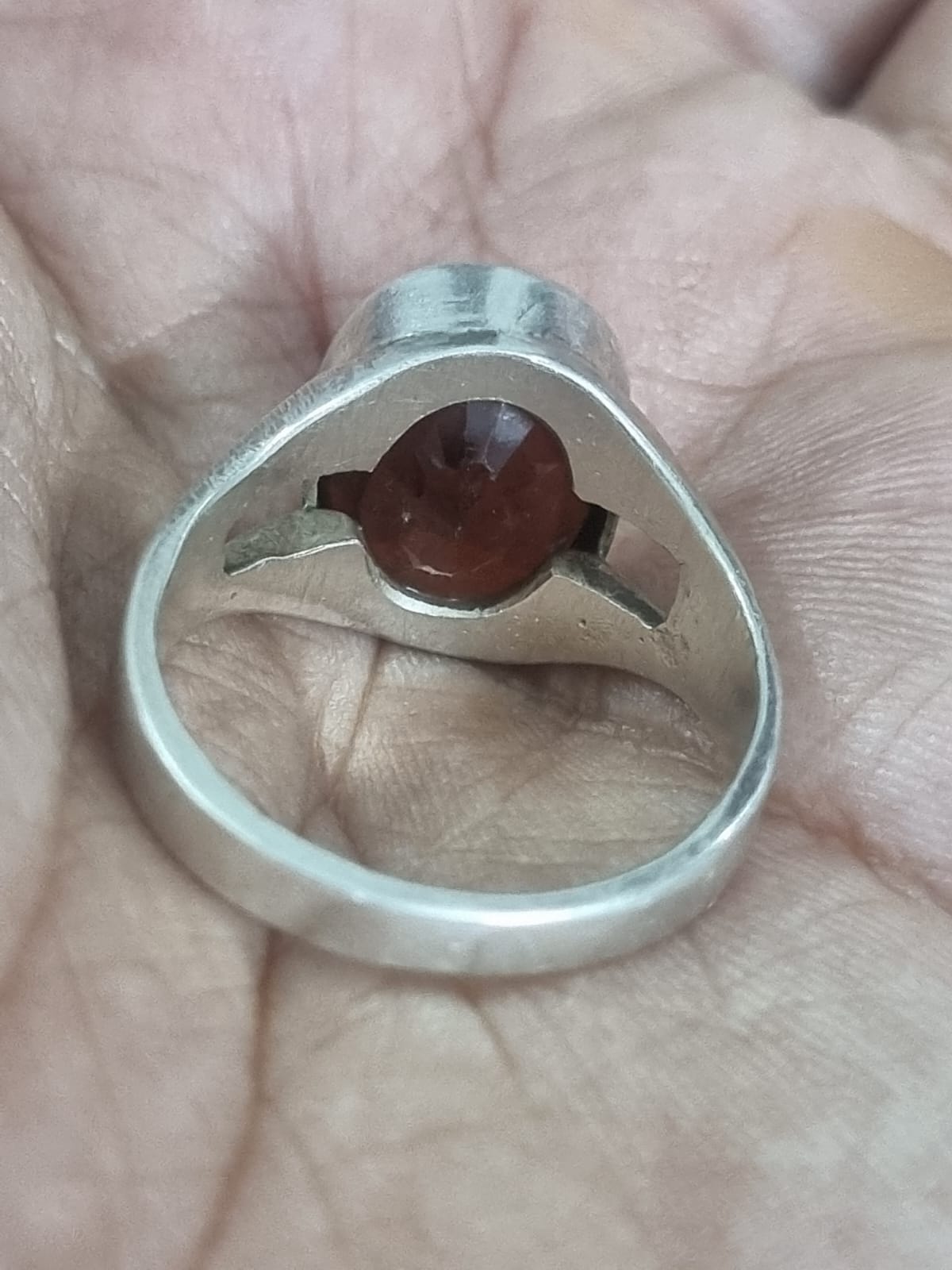What is ratti in gemstone

What is ratti in gemstone
When exploring the world of gemstones, you might come across the term "ratti." Understanding what ratti means and how it is used in the context of gemstones can be crucial for making informed decisions when buying or selling these precious stones. This blog post delves into the concept of ratti, its significance, and how it is used to measure gemstones.
Understanding Ratti: Definition and Origin
Ratti is a traditional unit of measurement used primarily in South Asia, particularly in India, Pakistan, and neighboring countries. The term originates from the Sanskrit word "ratika," which refers to the red seed of the Abrus precatorius plant, commonly known as the "Jequirity" or "Gunj" seed. These seeds were historically used as a standard weight measure for gemstones and precious metals due to their consistent weight.
Ratti in Gemstone Measurement
Ratti is commonly used to measure the weight of gemstones. Here's how it relates to other units of measurement:
- 1 Ratti ≈ 0.91 Carats (approximately)
- 1 Ratti ≈ 182 Milligrams
Gemstones are often sold and priced based on their weight, and understanding the conversion between ratti and carats is essential for buyers and sellers. While the carat is the internationally recognized standard for measuring gemstones, ratti remains popular in traditional markets and among local jewelers.

Significance of Ratti in Gemstone Purchases
When purchasing gemstones, especially in South Asian markets, you may find that the weight is specified in ratti. Knowing the equivalent weight in carats can help you compare prices and ensure that you are getting a fair deal. Here are a few points to consider:
- Pricing: Gemstone prices are often calculated based on weight. Knowing the ratti-to-carat conversion helps you understand the price per unit weight and make informed decisions.
- Cultural Importance: In regions where ratti is commonly used, traditional practices and beliefs might place special significance on specific weights measured in ratti.
- Clarity and Quality: While weight is important, other factors like clarity, color, cut, and overall quality of the gemstone should also be considered. Ensure you are evaluating the gemstone holistically.
How to Convert Ratti to Carats
To convert ratti to carats, you can use the following formula:
For example, if a gemstone weighs 5 ratti, its approximate weight in carats would be:
Conversely, to convert carats to ratti, use:
For example, if a gemstone weighs 3 carats, its approximate weight in ratti would be:
Practical Tips for Buying Gemstones Measured in Ratti
- Verify the Weight: Always verify the weight of the gemstone using a reliable and accurate scale.
- Consult a Gemologist: Seek advice from a certified gemologist to understand the quality and authenticity of the gemstone.
- Compare Prices: Compare prices of gemstones in both ratti and carats to ensure you are getting a fair deal.
- Understand Cultural Practices: Be aware of the cultural significance and traditional practices associated with gemstone weights in ratti.
Final Thoughts
Understanding what ratti means in the context of gemstones is essential for anyone involved in the buying or selling of these precious stones, especially in South Asian markets. By knowing the conversion between ratti and carats, you can make more informed decisions, ensuring that you get the best value for your investment. Always consider the overall quality of the gemstone alongside its weight and consult with experts to make the most informed choices.
---------
Also you can buy high quality gemstones of various ratti at affordable prices from Vedic Crystals
For more information about Vedic Crystals and our range of gemstones and rudraksha beads, visit Vedic Crystals website or contact us at contactus@vediccrystals.com/ +91-9811809967 (Whatsapp).
Also if you found this article useful , please share it with someone who might need it.
Moreover, in case you want a additional 5% discount coupon on our entire range of gemstones and Rudraksha : Please comment "Interested" below.






























